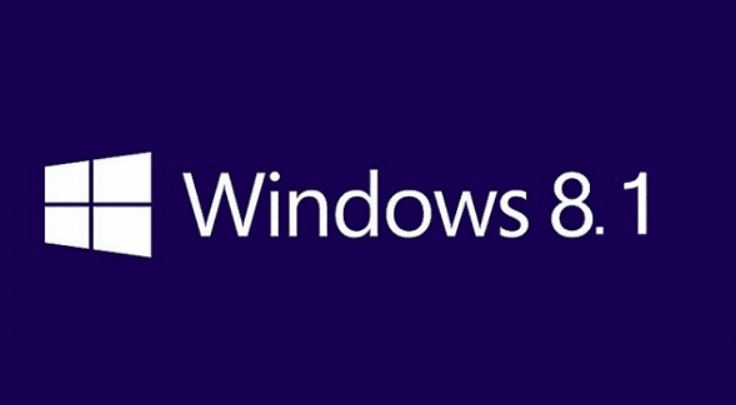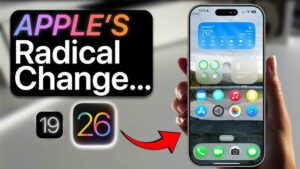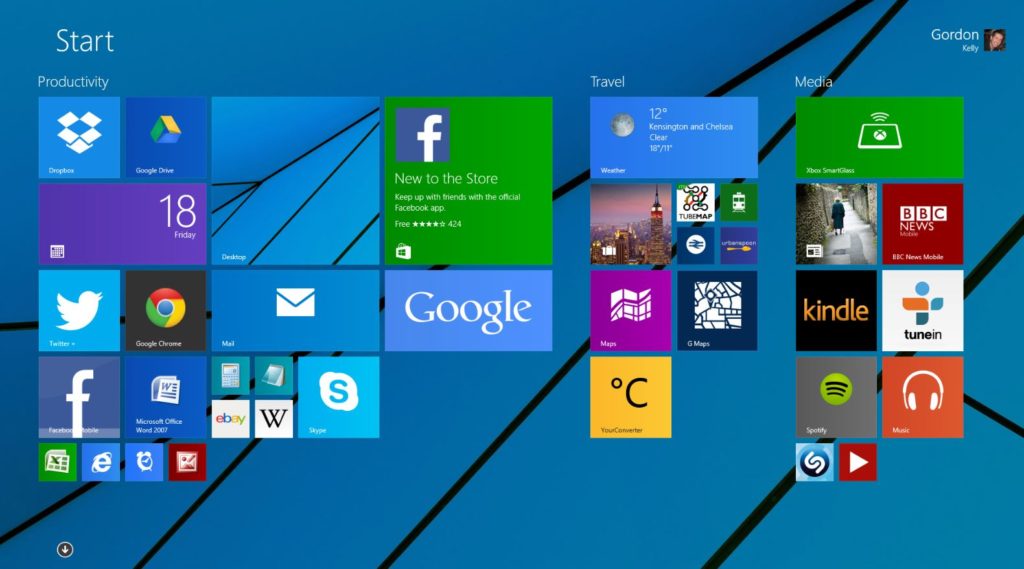|
Getting your Trinity Audio player ready...
|
Microsoft Windows 8.1 – As previously announced, Microsoft will be ending support for the Windows 8.1 operating system on January 10, 2023. This means that at that point, technical assistance and software updates for the operating system will no longer be provided.
As a result, it is strongly recommended for users of Windows 8.1 devices upgrade to a more current, in-service, and supported version of Windows, such as Windows 11. It’s also worth mentioning that Microsoft is not going to offer an Extended Security Update (ESU) program for Windows 8.1.
It’s important to understand that continuing to use Windows 8.1 after January 10, 2023, may increase the exposure of organizations to security risks or impact their ability to meet compliance obligations.
What does the end of support mean?
End of support means that as of January 10, 2023, computers running Windows 8.1 will continue to function, but Microsoft will no longer provide the following:
- Technical support for any issues
- Software updates
- Security updates or fixes

It’s important to note that it is still possible to use a computer running Windows 8.1, however, without continued software and security updates, the computer will be at a greater risk for viruses and malware. Therefore, it is highly recommended that users upgrade to a version of Windows that is still supported. A new device that can run Windows 11 offers an easy transition and a great user experience.
It’s worth mentioning, that Windows 8.1 will still work even after January 10, 2023, however, it will no longer receive security updates, and Microsoft customer service will no longer be available to provide technical support.
What should users do next?
It’s important to take the necessary steps to ensure that your computer remains secure and compliant after Windows 8.1 reaches the end of support. Upgrading to a newer version of Windows or replacing your device with one that supports Windows 11, is the best way to ensure continued security and support. Additionally, you may consider using third-party security software to further protect your device against potential threats.
Another consideration is to plan ahead and back up important data and files on a regular basis, in case something goes wrong during the upgrade or replacement process. It’s also important to check if your hardware and software are compatible with the new operating system before proceeding with the upgrade.
What must businesses do?
Finally, businesses should evaluate their IT systems and ensure they have a plan in place for transitioning to a supported version of Windows before the end of support for Windows 8.1. This may include upgrading or replacing devices, testing new software, and training employees on how to use the new operating system.
In short, While the end of support for Windows 8.1 may cause some inconvenience, it’s important to understand the potential risks and take action to ensure that your device remains secure and supported. Upgrading to a newer version of Windows or replacing your device with one that supports Windows 11 will ensure that you continue to receive important security updates and technical support.



